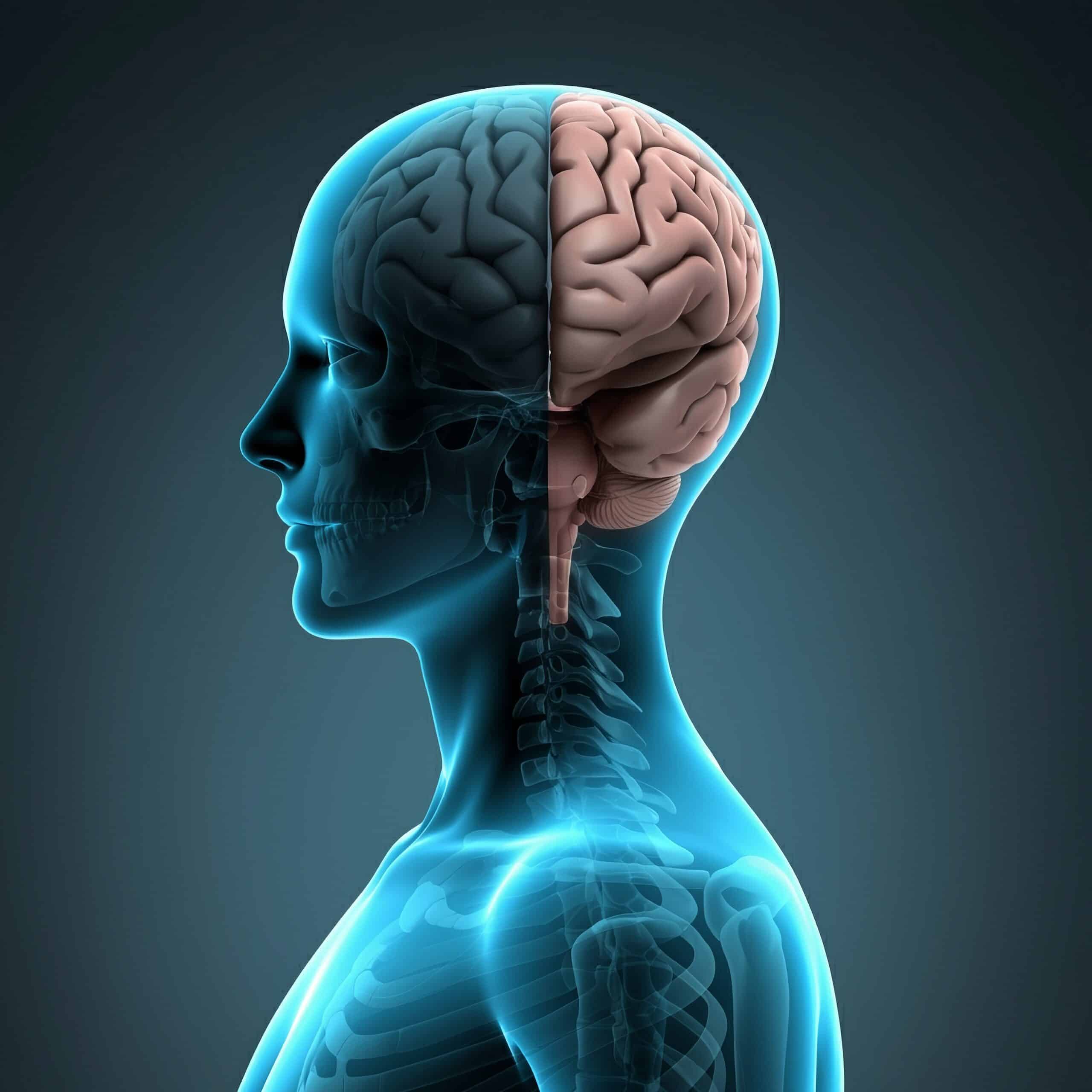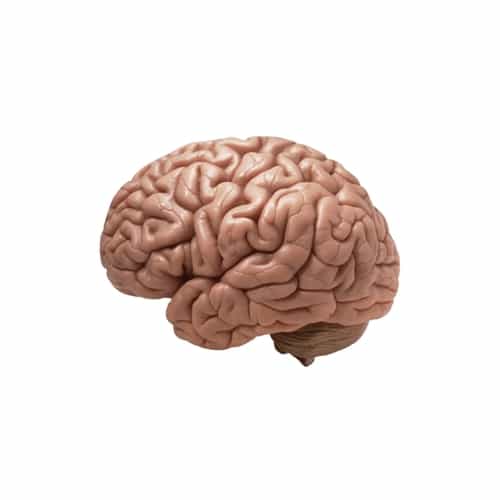
Understanding Emotions for Parents and Kids
Understanding emotions for parents and kids helps to manage emotions. We discuss the three components of emotions and dive deep into the first which we will discuss soon; physical sensations. God helps us with emotional regulation in our children and ourselves. Have you ever pondered the reasons behind the extensive range of emotions we experience? As parents, we often help our children manage their emotions their emotional ups and downs. Emotions can at times feel overwhelming for both us and our children. Still, what if they serve a greater purpose? Emotions are not haphazard occurrences, but rather an inherent aspect of our being. They influence our interactions with the world and shape our responses to life’s trials. In this article, we will delve into the profound concept that emotions are a deliberate part of our design. They exist to guide, safeguard, and foster connections among us. Understanding this empowers us to support our children. It also helps us support ourselves as we navigate the intricate emotional landscape of life.
The Three Components of Emotions
1. Physical Sensations
These are the bodily responses triggered by emotions. These responses prepare the body to act, whether to confront a challenge or embrace an opportunity.
2. Cognitive Appraisals
Emotions are also about how our minds interpret those feelings. Cognitive appraisals involve evaluating a situation to decide its significance and meaning.
3. Impulses to Action
Emotions often drive specific actions. These impulses are vital for our survival and well-being. Teaching children to recognize and manage these impulses can help them make thoughtful choices rather than reacting impulsively.

Hardwired in Our Brains and Bodies
In our brains, emotions are not localized in only one brain region or circuits of neurons. For example, fear is not localized only to the amygdala. (Neural Circuits of Emotion) The neural circuits and regions in the brain for different emotions overlap. Information flows back and forth in multiple directions. Almost like social media. Neuroscientists have been trying for years to find distinct areas in the brain for each emotion. They discovered that many areas and neural circuits take part in several emotional states. The circuits overlap each other.
In our bodies, emotions are experienced as physical sensations. It refers to the bodily responses that go with emotions. These responses are triggered by the autonomic nervous system. These changes prepare the body to respond to a situation. Examples are as follows: Increased heart rate during fear or anger. Sweating or blushing during embarrassment. Tension or relaxation in muscles. These sensations have a biological basis. They are governed by the sympathetic (arousal) and parasympathetic (calming) branches of the autonomic nervous system. Also, hormonal responses, like adrenaline or cortisol, play a role in emotions like fear or stress.
As parents, understanding the purpose of emotions allows us to help our children navigate their feelings more effectively. When a child expresses sadness, anger, or frustration, it is not a sign of weakness. It is a signal that something important is happening in their inner world. Instead of dismissing these emotions, we can guide them to explore and manage their feelings constructively. For example, rather than saying, “You shouldn’t feel that way,” say, “Let’s discuss why you’re feeling this way. We can also talk about how we can work through it together.” By doing so, we teach them to embrace their emotions and use them as tools for personal growth.
How Many Different Emotions Are There?
Paul Ekman PhD Identified six basic emotions: fear, anger, disgust, sadness, happiness, and surprise. These emotions are universally recognized and expressed through distinct facial expressions and physiological responses. These emotions are hardwired into us, transcending cultural and linguistic boundaries. Beyond these six, researchers from University of California Berkeley have identified nuances within each category. This research expands the spectrum to 27 emotions. These include admiration, adoration, awe, amusement, nostalgia, and satisfaction, among others. Each of these emotions adds to the rich tapestry of human experience.
Physical Sensations – Listening to Your Body’s Signals
In 2013, neuroscientists in Finland conducted an experiment. They used total-body Positron Emission Tomography scans. The scientists asked subjects to use a blank human body template to show where they experience changes during emotions.The study found that different emotions correspond to distinct patterns of bodily sensations. Different emotions are linked to what they called “feeling fingerprints.” These bodily maps of emotions are culturally invariant. They span a wide range of Eastern and Western populations. This suggests a biological rather than cultural or learning-dependent basis. These researchers also noted that even young children can describe bodily sensations for different emotions. This became known as Body Sensation Mapping.
In 2022, Matthias Hartmann and colleagues in the UK discovered interesting findings. Participants consistently reported feelings of bodily lightness with positive emotions like happiness. Participants felt sensations of bodily heaviness in response to negative emotions like anger, fear, sadness, and depression.
Focusing on bodily felt sensations is a good way to start to unpack your emotions.
A First Step in Mastering the Gift of Emotion: Focusing on the “Felt Sense”
A first step in mastering the gift of emotion is a technique known as “Focusing” developed by Eugene Gendlin, PhD. These are the six basic steps paraphrased from their website Focusing.org;
1 Clearing a Space
What I will ask you to do will be silent, just to yourself. Take a moment just to relax . . . All right—now, inside you, I would like you to pay attention inwardly. Focus on your body. Now see what comes there when you ask, “How is my life going? What is the main thing for me right now?” Sense within your body. Let the answers come slowly from this sensing.
2 Paying attention to Your body’s Felt Sense:
From among what came, select one personal problem to focus on. Of course, there are many parts to that one thing you are thinking about. There are too many to think of each one alone. But you can feel all of these things together. Pay attention there, where you usually feel things. In that place, you can sense what the whole problem feels like. Let yourself feel the unclear sense of all of that.
3 Getting a Handle word, Phrase, or Image
What is the quality of this unclear felt sense? Let a word, a phrase, or an image come up from the felt sense itself. It might be a quality-word, like tight, sticky, scary, stuck, heavy, jumpy or a phrase, or an image. Stay with the quality of the felt sense till something fits it just right.
4 Resonating
Go back and forth between the felt sense and the word (phrase, or image). Check how they resonate with each other. See if there is a little bodily signal that lets you know there is a fit. To do it, you have to have the felt sense there again, as well as the word. Let the felt sense change if it does. Also, adjust the word or picture. Continue until they feel just right in capturing the quality of the felt sense.
5 Asking More About It
Now ask what is it about this whole problem? What makes this quality (which you have just named or pictured)? Make sure the quality is sensed again, freshly, vividly (not just remembered from before). When it is here again, tap it, touch it, be with it, asking, “What makes the whole problem so?” Or you ask, “What is in this sense?” If you get a quick answer, let that answer go by. There is no shift in the felt sense. Return your attention to your body and freshly find the felt sense again. Then ask it again. Be with the felt sense till something comes along with a shift, a slight “give” or release.
6 Receiving
Accept whatever comes with a shift in a friendly way. Stay with it a while, even if it is only a slight release. Whatever comes, this is only one shift; there will be others. You will probably continue after a little while but stay here for a few moments.
If during these instructions you spent some time sensing the problem, you have focused. Touching an unclear holistic body sense is key. It doesn’t matter whether the body-shift came or not. It comes on its own. We don’t control that.
As a psychiatrist, I was fortunate enough to study Focusing along the way. I still use that technique in my psychiatry practice today when appropriate.
As a Christian, I want to discuss how God guides us through our emotions. He also guides us with them. For those of us who believe in God, emotions take on an even deeper significance. They are not merely biological responses but reflections of our spiritual design. Emotions can serve as a compass, guiding us toward God’s will and helping us align our lives with His purpose. For example, feelings of peace and joy show that we are on the right path. Persistent feelings of unease or sadness hint that we need to reevaluate our choices. More about that in my post God and Emotions.
There we will also discuss how to help your children manage their emotions. This will include assisting them with the second part, cognitive appraisals. It will also involve helping them with the third part, impulses to action. We will discuss that also in God and Emotions.
0 Comments